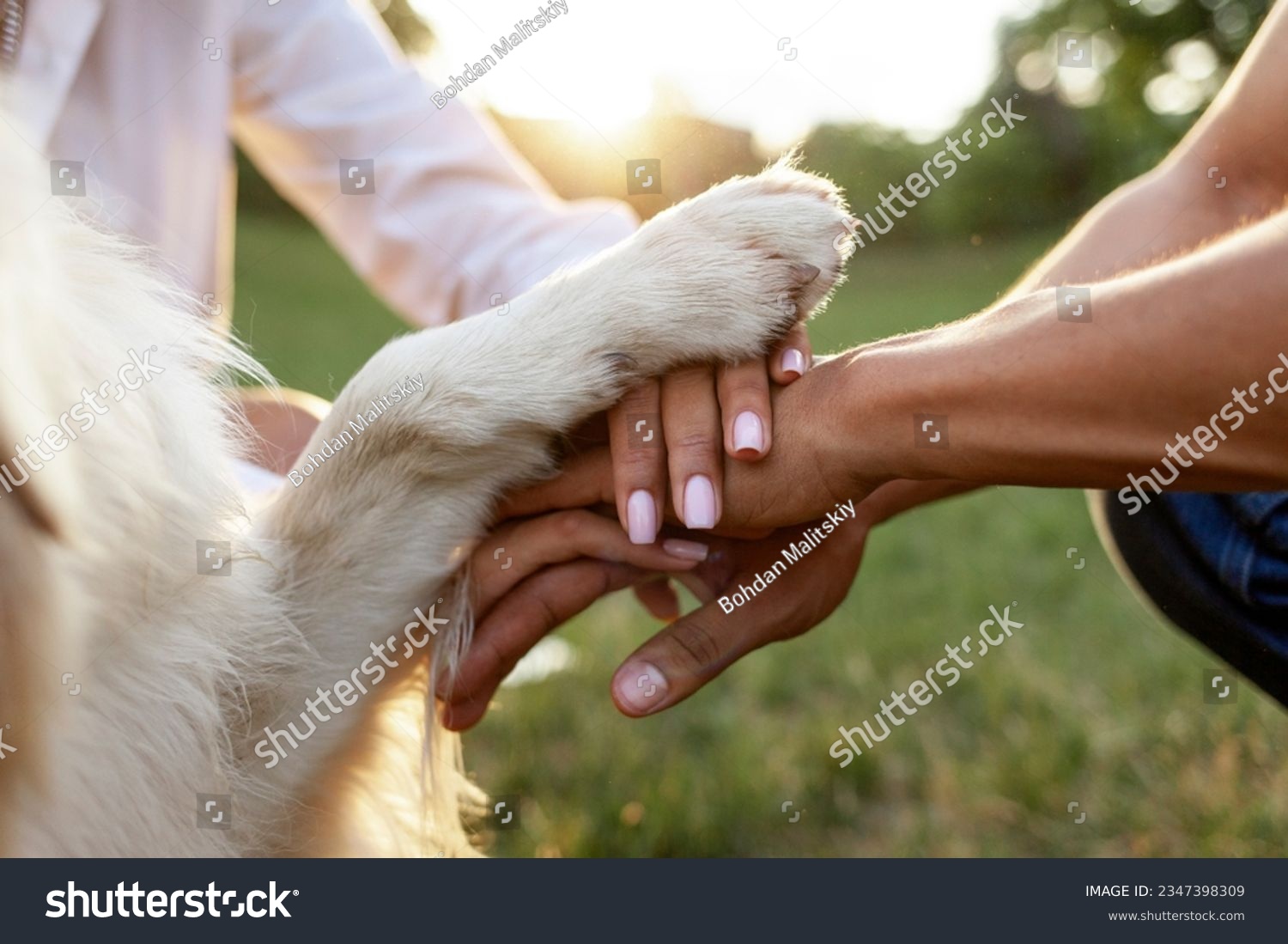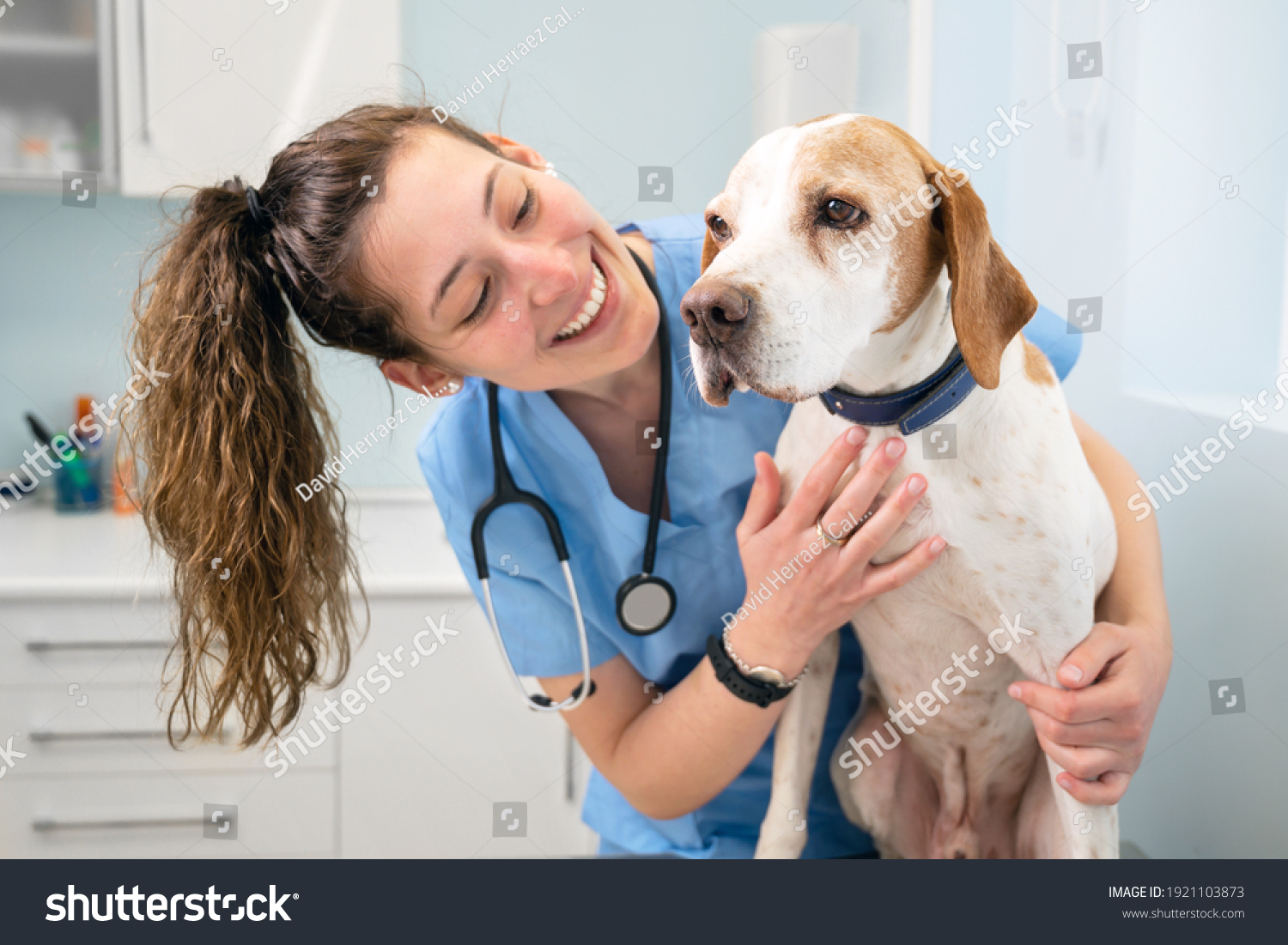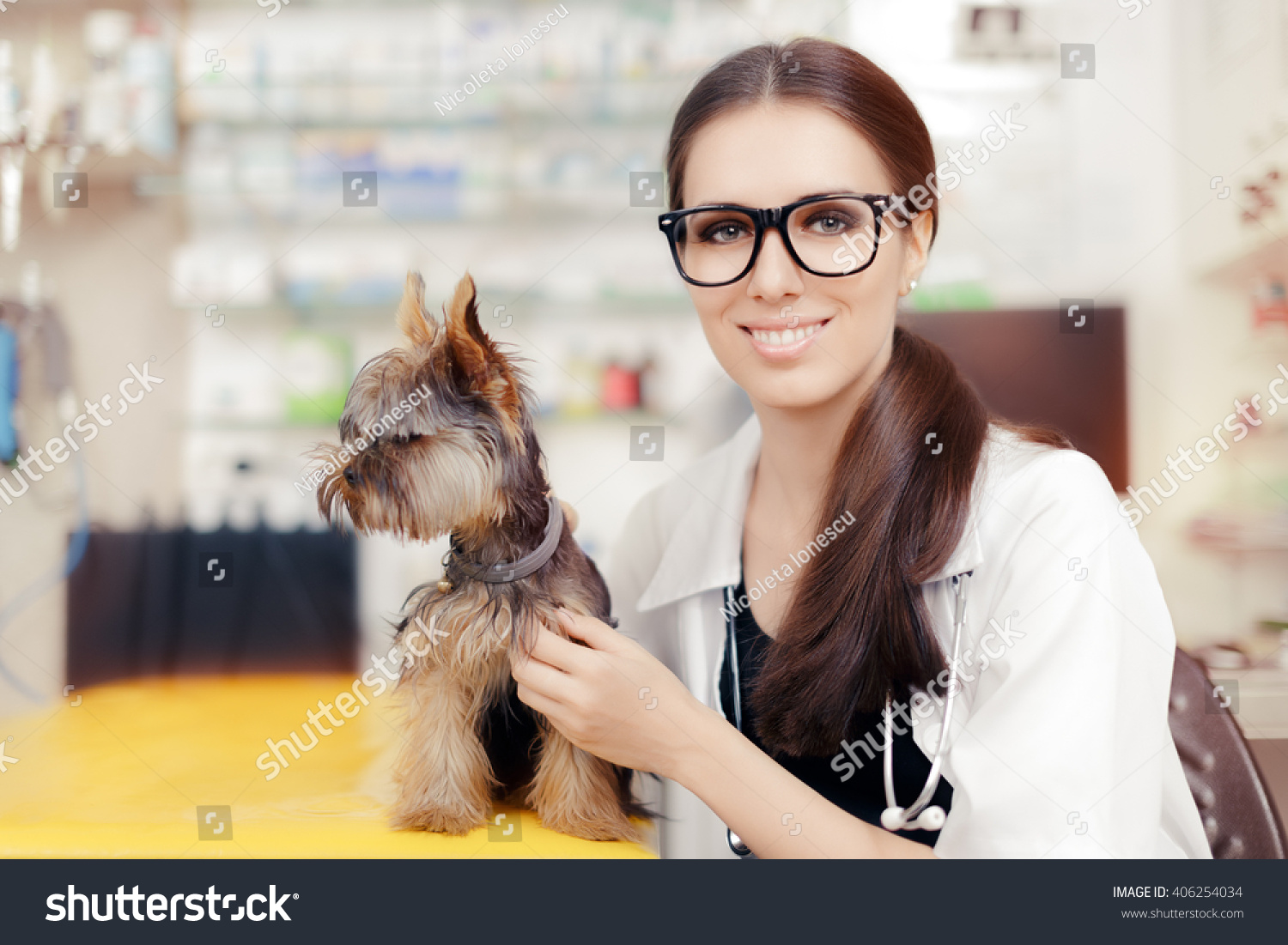Checking work procedures for availability, clarity, and completeness is essential in ensuring a safe and efficient work environment for several reasons:
- Safety Assurance: Work procedures are designed to outline safe practices and protocols. Regularly checking their availability and ensuring their clarity and completeness helps in safeguarding the well-being of employees and animals by ensuring that safety measures are consistently followed.
- Consistency and Efficiency: Clear and complete work procedures promote uniformity in how tasks are performed. This consistency enhances efficiency, reduces the risk of errors, and contributes to the smooth operation of daily routines in an animal care setting.
- Training and Knowledge Transfer: Clear and comprehensive work procedures serve as valuable training resources for new employees. They facilitate knowledge transfer and help newcomers understand the best practices for animal care and safety protocols.
- Legal and Regulatory Compliance: In many regions, compliance with health and safety regulations is mandatory. Ensuring that work procedures align with these regulations helps in avoiding legal issues and penalties. It is essential for demonstrating due diligence in maintaining a safe workplace.
How to Check Work Procedures for Availability, Clarity, and Completeness

Checking Work Procedures for Availability
- Create an Inventory: Start by creating a comprehensive inventory of all the work procedures used in your organisation. Ensure that the list includes procedures for all essential tasks, processes, and job roles.
- Document Locations: Make sure that you have clear documentation regarding where each work procedure can be found. This could include physical copies, digital files, or online resources.
- Regularly Update the Inventory: Keep the inventory up to date, adding new procedures and removing outdated ones as necessary. Regularly review and maintain this document to ensure it reflects the current state of your procedures.
- Ensure Accessibility: Confirm that all employees have easy access to the work procedures they need for their tasks. This might involve providing digital access, posting physical copies in designated areas, or utilising a centralised document management system.
Checking Work Procedures for Clarity
- Read and Review: Take time to read through each work procedure thoroughly, as if you were an employee new to the task. Consider how easily the procedure can be understood by someone with limited prior knowledge.
- Use Plain Language: Ensure that the procedures are written in plain, simple language. Avoid jargon or technical terms that may not be familiar to all employees.
- Use Clear and Concise Wording: Use clear and concise wording to describe the steps and actions required in the procedure. Avoid unnecessary verbosity and ensure that sentences are straightforward.
- Break Down Complex Steps: If a procedure involves complex or multi-step actions, break them down into a series of simpler, easy-to-follow instructions.
- Visual Aids: Consider using visual aids like diagrams, flowcharts, or photographs to complement written descriptions where appropriate. Visual aids can enhance clarity and understanding.
- Employee Feedback: Encourage employees to provide feedback on the clarity of procedures. Their perspectives can help identify areas that need improvement.
- Iterative Improvement: If you receive feedback or encounter sections that are unclear, revise and refine the procedures to enhance clarity. Consider involving subject matter experts or experienced employees in the revision process.
Checking Work Procedures for Completeness
- Detailed Steps: Review each procedure to ensure that it includes all the necessary steps to complete the task. Ensure that no important actions are omitted.
- Safety Precautions: Confirm that safety precautions, guidelines, and any relevant warnings are included. Safety information should be comprehensive and specific to the task.
- Required Resources: Verify that the procedure specifies all the necessary equipment, tools, materials, and resources needed for the task.
- Regulatory Compliance: Ensure that the procedure complies with relevant health and safety regulations and standards. This includes adhering to any legal requirements or industry-specific guidelines.
- Quality Control: If applicable, check for quality control measures and checkpoints within the procedure. Ensure that steps are in place to confirm that the task has been completed to the required standard. Furthermore, you may consider engaging an external auditor.
- Record Keeping: Determine if the procedure includes instructions for any necessary record-keeping or documentation that may be required.
By regularly checking work procedures for availability, clarity, and completeness, organisations can uphold safety standards, improve operational efficiency, and demonstrate their commitment to the well-being of employees and animals. This process not only enhances safety but also contributes to regulatory compliance and a culture of continuous improvement.
Case Study
Monitoring Compliance with Work Procedures
Scenario: In a large animal care facility, the management had established a comprehensive set of work procedures and safety protocols to ensure the well-being of both employees and the animals. These procedures covered everything from animal handling and feeding to cleaning routines and safety precautions when dealing with potential zoonotic diseases. The organisation had a dedicated safety officer responsible for monitoring compliance with these procedures. However, a particular incident highlighted a significant lapse in the monitoring process.
Incident Description: One morning, an employee was responsible for cleaning and sanitising a section of the facility that housed various exotic birds. The standard work procedure for cleaning this area involved temporarily relocating the birds to an adjacent enclosure, cleaning their area, and then returning them. Additionally, employees were required to wear personal protective equipment, including gloves, masks, and coveralls, to prevent the transmission of zoonotic diseases.
On this particular day, the safety officer was absent from work due to illness, leaving the responsibility of monitoring compliance with the cleaning procedures to a colleague who was less experienced in safety protocols. The employee assigned to clean the bird enclosure, in a hurry to complete the task, failed to use the proper PPE and did not relocate the birds before cleaning. In the process, she accidentally disturbed a group of birds, leading to a commotion in the enclosure.
The incident raised concerns about the effectiveness of the organisation's procedure compliance monitoring process, as the lapse had the potential to expose both the employee and the birds to zoonotic diseases. Fortunately, there were no immediate adverse consequences, but the incident prompted an urgent review of the safety monitoring system.
Root Causes and Lessons Learned:
- Inadequate Monitoring: The absence of the designated safety officer resulted in inadequate monitoring of compliance with work procedures. This incident highlighted the importance of having trained and knowledgeable personnel in place to oversee safety measures regularly.
- Employee Awareness and Training: The incident underlined the need for ongoing employee training and awareness. Employees should be consistently reminded of the importance of adhering to safety protocols and procedures, particularly in a setting where animal care involves unique risks.
- Proactive Reporting: Encouraging employees to proactively report safety concerns or procedure violations is crucial. In this case, the employee involved should have reported her mistake to prevent potential harm to herself, her colleagues, and the birds.
- Review and Improvement: The organisation took the incident as an opportunity to review and improve its safety monitoring system. This involved revising monitoring protocols, enhancing employee training, and ensuring better backup plans for safety personnel absences
In this case, the incident served as a wake-up call for the animal care facility, prompting a thorough review of its safety procedures and monitoring mechanisms. It emphasised the need for constant vigilance in a high-risk work environment, where the well-being of employees and animals hinges on strict adherence to safety procedures and protocols.

Establishing a systematic approach to identifying, addressing, and reporting deviations from procedures is very important. Let’s explore how it can be done effectively:
Identifying Deviations from Procedures
- Training and Awareness: Ensure that all employees are well-trained and aware of the established procedures. Training programs should include a thorough understanding of standard operating procedures (SOPs).
- Employee Vigilance: Encourage employees to be vigilant and attentive while performing their tasks. They should be proactive in recognising deviations or irregularities during their work.
- Routine Inspections: Conduct routine inspections and observations to monitor the adherence to procedures. Assign responsible individuals to perform these inspections at scheduled intervals.
- Checklists and Documentation: Provide employees with checklists or forms that they can use to record their observations. Encourage them to document any deviations they notice during their work.
Addressing Deviations from Procedures
- Immediate Action: When an employee identifies a deviation from a procedure, they should take immediate action to address it, if possible. This may involve correcting the deviation themselves if it's within their capacity to do so.
- Employee Reporting: If an employee cannot resolve the deviation on their own or if it involves safety concerns, they should report it to their immediate supervisor or manager as soon as possible.
- Supervisory Response: Supervisors or managers must be prepared to respond promptly when deviations are reported. They should assess the situation, determine the severity of the deviation, and take appropriate action.
- Corrective Measures: Depending on the nature of the deviation, corrective measures may include retraining employees, making necessary adjustments, or revising procedures to prevent future occurrences.
Reporting Deviations to Appropriate Personnel
- Internal Reporting: For non-urgent or minor deviations, employees should report to their immediate supervisors or managers. These individuals can assess the situation and address it within the organisation.
- Safety Officer or Health and Safety Committee: In cases where the deviation is significant or has safety implications, it should be reported to the designated safety officer or health and safety committee. These entities can conduct investigations and take corrective action.
- Regulatory Authorities: In some situations, especially when a deviation has the potential to harm animals or involves non-compliance with legal or regulatory requirements, it may be necessary to report the deviation to the appropriate regulatory authorities. This is typically a last resort, reserved for severe violations.
- Documentation: Ensure that all deviations, regardless of their severity, are documented. Maintain records of deviations, responses, corrective actions taken, and any follow-up measures. This documentation is essential for accountability and compliance.
- Communication: Keep all relevant parties informed about deviations and the actions taken to address them. Effective communication is vital in ensuring that everyone is aware of the situation and its resolution.

Evaluating hazard identification and reporting processes for effectiveness is of paramount importance as it directly contributes to the safety of both employees and the animals in the facility. A well-functioning hazard identification and reporting system ensures that potential risks, whether related to animal behaviour, zoonotic diseases, or equipment safety, are promptly recognised and addressed. This process enables continuous improvement in safety measures by identifying deficiencies and gaps, reducing the likelihood of incidents and accidents. Moreover, it fosters a culture of proactive reporting and accountability, where employees are encouraged to play an active role in maintaining a safe work environment. By regularly evaluating and addressing deficiencies in these processes, organisations can better safeguard the well-being of their workforce and the animals they care for while ensuring compliance with regulatory requirements.
Evaluating Hazard Identification Processes for Effectiveness
Begin by reviewing the existing hazard identification procedures, including risk assessments, safety checklists, and incident reporting mechanisms. Ensure that these procedures align with industry standards and regulatory requirements.
Analyse historical data, including incident reports, near misses, and safety audits, to identify trends and recurring hazards. Pay attention to any areas where injuries or safety concerns are more prevalent.
Engage employees in the evaluation process by seeking their input and feedback on the effectiveness of hazard identification processes. They can provide valuable insights based on their experiences in the workplace.
Conduct safety audits and inspections to assess how well hazards are identified and reported during routine workplace assessments. Evaluate whether employees are actively participating in these assessments.
Compare the identified hazards with the hazards that have resulted in incidents or near misses to determine whether there were any gaps in the hazard identification process.
Evaluating Reporting Processes for Effectiveness
Ensure that the reporting process is easily accessible to all employees. Consider whether there are multiple reporting channels, such as digital forms, paper reports, or direct communication with supervisors.
Assess the timeliness of reporting. Determine whether employees promptly report hazards, near misses, or incidents when they occur. Delays in reporting can hinder the effectiveness of corrective actions.
Evaluate the level of compliance with reporting requirements. Ensure that employees understand their responsibility to report and are following the established reporting procedures.
Review the quality of the reports themselves. Assess whether reports provide sufficient detail, including the nature of the hazard, its location, contributing factors, and suggested corrective actions.
Examine how reports are handled after they are submitted. Evaluate the organisation's responsiveness in taking corrective action, as well as the follow-up process to ensure that issues are addressed.
Why Addressing Deficiencies and Reporting to Appropriate Personnel is Important
Addressing deficiencies in hazard identification and reporting processes is crucial for several reasons:
- Safety Improvement: Identifying and rectifying deficiencies enhances safety by preventing accidents and minimising risks in the workplace. It ensures that hazards are promptly recognised and mitigated.
- Regulatory Compliance: Compliance with health and safety regulations is a legal requirement in many regions. Addressing deficiencies ensures that the organisation remains compliant and avoids legal consequences.
- Employee Well-being: Promptly addressing deficiencies contributes to the well-being of employees and the animals they care for. It minimises the potential for harm and injury, creating a safer work environment.
- Continuous Improvement: Regular evaluations and corrections promote a culture of continuous improvement. It helps organisations adapt to changing circumstances and emerging risks, ensuring long-term safety.
- Accountability: Reporting deficiencies and taking action demonstrates a commitment to safety and accountability. It fosters a culture where employees feel encouraged to report and actively participate in maintaining a safe workplace.
- Prevention of Recurrence: Correcting deficiencies in hazard identification and reporting processes prevents the recurrence of safety issues, making the workplace safer for all.
In summary, evaluating and addressing deficiencies in hazard identification and reporting processes is fundamental to maintaining a safe and compliant work environment. It protects both employees and the animals in their care while fostering a culture of safety and accountability.

Monitoring workplace health and safety housekeeping and hygiene practices is vital to uphold the highest standards of cleanliness and hygiene essential for the well-being of both employees and animals. A clean and hygienic environment minimises the risk of diseases, infections, and accidents, ensuring the animals' health and preventing zoonotic diseases that may affect human caregivers. Regular monitoring not only guarantees compliance with regulatory requirements but also promotes a culture of cleanliness, safety, and care for the animals. Addressing deficiencies promptly is crucial, as it prevents the spread of diseases, maintains a conducive work environment, and underscores the organisation's commitment to the welfare of animals and the health of its workforce.
WHS Housekeeping and Hygiene Practices
Common workplace health and safety housekeeping and hygiene practices in animal care are essential for maintaining a safe and clean work environment. To monitor and ensure the maintenance of these practices, you can follow these guidelines:
- Practice: Regularly clean and disinfect animal enclosures, equipment, and common areas to prevent the spread of diseases.
- Monitoring: Conduct inspections to ensure that cleaning and disinfection protocols are being followed consistently. Check that the appropriate cleaning agents and disinfectants are used, and verify that surfaces are cleaned thoroughly.
- Practice: Properly dispose of animal waste, bedding, and other materials to prevent contamination and odours.
- Monitoring: Ensure that waste disposal bins are used correctly and are emptied regularly. Inspect the waste storage areas for cleanliness, and that waste is separated appropriately (e.g., hazardous waste vs. non-hazardous waste).
- Practice: Promote good personal hygiene practices, including handwashing, use of personal protective equipment (PPE), and changing clothes after handling animals.
- Monitoring: Observe employees to confirm that they adhere to personal hygiene standards. Check if handwashing stations are adequately stocked, and monitor the use of PPE during animal care tasks.
- Practice: Properly store and handle animal food to prevent contamination.
- Monitoring: Inspect food storage areas to ensure that food is stored in appropriate containers and conditions, and check for the cleanliness of feeding equipment.
- Practice: Implement pest control measures to prevent infestations and the spread of diseases.
- Monitoring: Regularly inspect the facility for signs of pests. Maintain records of pest control measures taken, such as traps, baits, or preventive actions.
- Practice: Use safe and appropriate methods for animal handling and restraint to reduce the risk of injuries to both animals and caregivers.
- Monitoring: Observe animal care practices to ensure that employees use proper handling and restraint techniques, minimising the risk of accidents.
- Practice: Provide ongoing training and education on hygiene and housekeeping practices to employees.
- Monitoring: Evaluate the effectiveness of training programs through assessments and feedback from employees. Adjust training as needed based on identified deficiencies.
- Practice: Maintain records of cleaning and hygiene activities, including cleaning schedules, inspections, and pest control efforts.
- Monitoring: Regularly review these records to track and verify compliance with housekeeping and hygiene practices. Ensure that any deficiencies or non-compliance are addressed promptly
- Practice: Establish clear reporting mechanisms for employees to report issues related to cleanliness, hygiene, and potential hazards.
- Monitoring: Ensure that employees are aware of these reporting mechanisms and encourage them to report any deficiencies they identify during their work.
Regular inspections, employee training, and effective record-keeping are key components of monitoring workplace health and safety, housekeeping and hygiene practices. Addressing deficiencies and non-compliance promptly is essential to maintain a safe and clean environment for both employees and the animals under their care.

Ensuring own behaviour is consistent with an organisation's safe working procedures and practices is of paramount significance for several reasons:
- Safety and Well-Being: Adhering to established safe working procedures and practices is fundamental to the safety and well-being of employees, animals, and visitors in an animal care facility. Consistent behaviour in following these procedures minimises the risk of accidents, injuries, and the transmission of zoonotic diseases, ensuring the protection of all stakeholders.
- Animal Welfare: Animals in care depend on the correct handling and care provided by employees. Consistency in adhering to established procedures and practices promotes the welfare of animals by reducing stress, minimising the potential for injuries, and ensuring proper nutrition and care.
- Regulatory Compliance: Many regions have specific regulations and standards governing animal care. Consistent adherence to safe working procedures and practices is essential for regulatory compliance, helping organisations avoid legal issues, penalties, and reputational damage.
- Workplace Efficiency: Following safe working procedures promotes efficient and organised work practices. It helps prevent accidents, disruptions, and mistakes that can lead to delays and increased costs in animal care operations.
- Risk Reduction: Animal care facilities can be complex and involve various risks. Consistent adherence to safe working procedures mitigates these risks, creating a safer environment for employees and animals. It also minimises the potential for incidents that can lead to property damage or financial losses.
How to Ensure Consistency of Own Behaviour
Ensuring your behaviour is consistent with your organisation's safe working procedures and practices in animal care, or in any context, involves personal commitment and specific actions. Here are some steps you can take:
Take the time to thoroughly understand the safe working procedures and practices relevant to your role. Review the documentation, attend training sessions, and seek clarification on any aspects that are unclear. All these are incorporated into an employee handbook which is typically provided upon recruitment into the role.
Develop self-discipline to consistently follow the procedures. This may involve creating a mental checklist or using written reminders until adherence becomes second nature.
Set a positive example for your colleagues by consistently following the procedures. Others are more likely to follow suit when they see your commitment to safety.
Periodically revisit the procedures and refresh your knowledge. Safety procedures may evolve, and staying up to date is crucial.
If you encounter situations where the procedures aren't clear or applicable, seek clarification from supervisors or safety officers. Never guess or take shortcuts when safety is at stake.
If you notice deviations from procedures or potential hazards, report them through the appropriate channels. Reporting shows your commitment to a safe working environment.
Keep up with industry developments and best practices in animal care. Knowledge can help you better understand the rationale behind safe working procedures.
Periodically self-assess your adherence to procedures and identify areas where you may need to improve. Correct any deviations promptly.
By taking these actions and maintaining a strong commitment to safety and the well-being of animals, you can ensure that your behaviour remains consistent with your organisation's safe working procedures and practices.
Quiz
